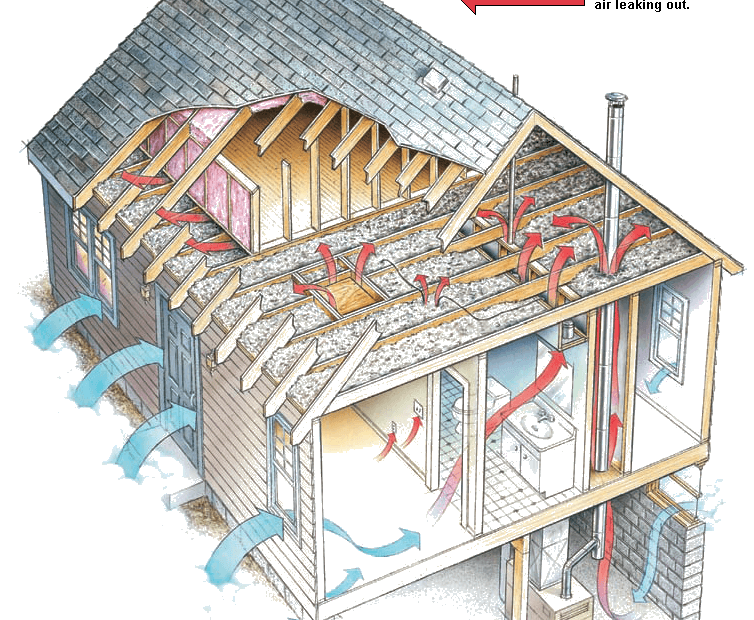As energy efficiency becomes more crucial in building design, understanding the specifics of different window ratings such as air permeability and air infiltration is increasingly important. This understanding is particularly significant when considering European windows, which are renowned for their superior performance, design, and energy efficiency.
The Concept of Air Permeability and Air Infiltration
Air permeability and air infiltration are critical factors that dictate the energy performance of a window.
Air permeability refers to the measure of how much air can pass through a material; it is typically given in cubic feet per minute per square foot (CFM/sqft). The lower the air permeability rating, the less air can pass through the window material, which translates into better energy efficiency.
Air infiltration, on the other hand, is a term used to describe the unintentional or accidental introduction of outside air into a building, typically through cracks, joints, and gaps in the building envelope, which includes windows. Air infiltration rates are usually measured in air changes per hour (ACH). In the context of windows, lower air infiltration means less draft and better insulation, contributing to a more energy-efficient building.
Air Permeability and Air Infiltration in European Windows
European windows, known for their quality craftsmanship and attention to detail, have set a high standard in the industry when it comes to energy efficiency. One of the key reasons is the excellent air permeability and air infiltration ratings of these windows.
For European windows, the European standard EN 12207 classifies air permeability into four classes (from Class 1 to Class 4) with Class 4 having the lowest air permeability rate. Many European windows, particularly those made in Germany and Scandinavia, consistently achieve a Class 4 rating.
This classification signifies that these windows have an extremely low air permeability rate, typically less than 0.1 m³/hm (cubic meters per hour per meter of joint length), under a pressure difference of 100 Pa (Pascal). Such a low air permeability rate means that European windows are exceptionally good at limiting the amount of air that can pass through, resulting in lower energy costs.
When it comes to air infiltration, European windows are also top performers. The same standard EN 12207 is used to classify windows based on their air infiltration rate, and again, many European windows achieve Class 4, the best possible rating. This means that they allow very minimal unintentional air leakage, ensuring a better-insulated and energy-efficient indoor environment.
Why Do European Windows Excel?
Several factors contribute to the impressive air permeability and air infiltration ratings of European windows:
- High-quality materials: European windows are often made from robust and durable materials such as high-grade timber, aluminum, and PVC-U, which have excellent air permeability and air infiltration properties.
- Superior design: Many European windows feature a tilt and turn design. This allows the window to be opened in two different ways, offering flexibility in ventilation and enhanced sealing when closed.
- Excellent craftsmanship: European manufacturers pay meticulous attention to detail in the window manufacturing process. This results in a well-sealed, precision-engineered product with minimal gaps and joints.
- Advanced window technology: Innovations such as multi-point locking systems and advanced weatherstripping in European windows further enhance their energy performance by reducing air leakage.
The Implications for Energy Efficiency
The excellent air permeability and air infiltration ratings of European windows mean they are incredibly energy efficient. They reduce the amount of heated or cooled air that can escape from a building, lowering the amount of energy needed to maintain a comfortable indoor temperature.
Moreover, the superior air tightness of these windows also improves indoor air quality by reducing
